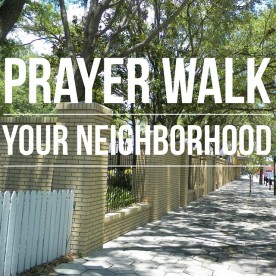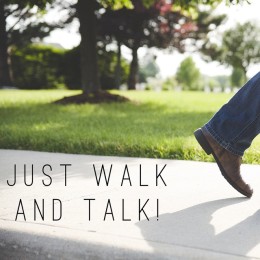Can you name all of the people living in the 8 houses or apartments closest to you?
If you answered the first question, can you think of something about their life which is not visible from the outside of their house?
If you were able to answer the first two questions, do you know other things about each person in the eight homes? Would you consider any of them friends?
Many of us have lived in more than five places since becoming an adult. Some have lived in more than 20 places.
Most people don’t know the names of their neighbors, let alone anything personal about them. It’s typical for many people to have lived in their current residence for a short time. It’s easy for people to feel isolated and yet not care if they know their neighbors or not. People find it difficult to know who to go to if they need help.
A COUPLE OF WAYS TO GET TO KNOW YOUR NEIGHBORS
Watch this funny video on doing a barbecue found at Funny video on Neighborhood BBQ
Begin walking a two-block area around your house. As you walk and see someone, greet them and introduce yourself if you don’t know them.
Plan a potluck barbecue in your driveway or common area of the apartment building and invite neighbors to bring their meat to barbecue and a dish to share. At the barbecue talk to neighbors and encourage people to get to know one another. Find out what they like about the neighborhood and what one thing they might want to change.
Another way to get to know your neighbor is Mission By Walking Around. It involves individuals and small groups of motivated people walking around a small area using their observation skills and talking to people along the way.
Craig told a story about a big city church, built on the streetcar line in the 1900’s but, like many city churches, its members now commute. To their credit, these parishioners came back to the much changed neighborhood and offered programs in the church; they run sports programs, a food program etc., but there was a sense that they were not making inroads. After some facilitated reflection, some parishioners organized a neighborhood walk. Small groups of parishioners decided to simply walk the neighborhood.
Craig said, “At the debriefing after the first walk they looked at each other and said, “Well, we are here (alive)!” You see, for all their good intentions they viewed the neighborhood as foreign and dangerous, and indeed many neighborhoods do look like that until you get to know them. While we may sing, “This is my father’s world,” we mentally exclude the neighborhood in which our church is situated; perhaps we exclude the area where we live as well. In contrast, the good people of that city church followed up their initial walk by finding out where people actually gather and began to connect with them at those places. I don’t think that church will ever be the same again.” Would that be good news if it happens to your church?
CALL TO ACTION
It’s important to know our neighbors. We can help and encourage one another, build friendships, and feel needed.
If you’re not sure how to start to know your neighbors, or would like more ideas, consider reading the book The Art of Neighboring by Jay Pathak and Dave Runyan.
Let me stan@neighborhoodtransformation.net know what happened when you walked about.


